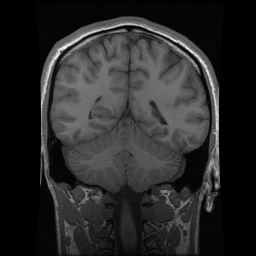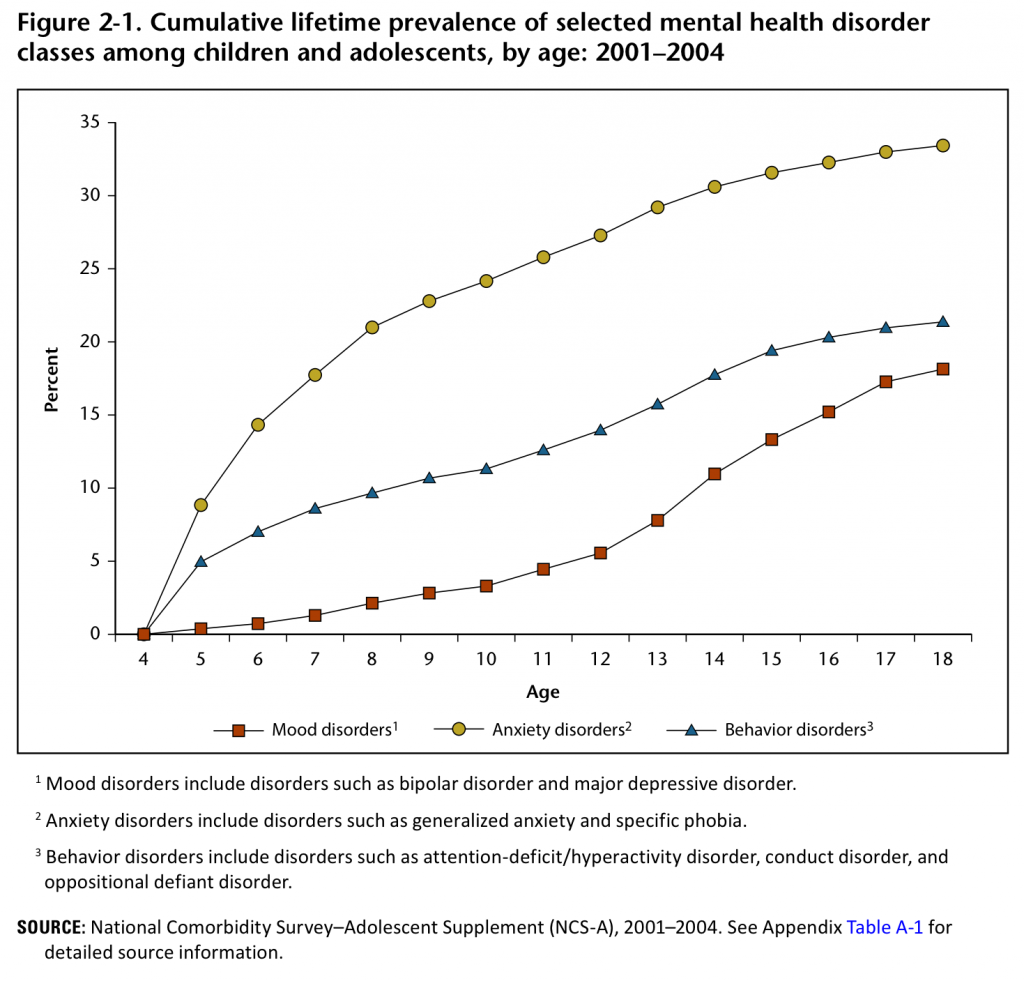
She didn’t have to say anything
May 9, 2017 in Educate Yourself
Can you tell how someone feels just by looking at them? If you said yes, you are using non-verbal communication. That is when we express thoughts or emotions by not saying anything at all. If you said no, good news! It is a skill that can be learned.
The more you are aware of your emotions, the better you can be at nonverbal communication. It can help strengthen your current and build new relationships. That’s why sometimes virtual relationships can be harder – because you lose that nonverbal communication.
Next time you talk to someone (not texting or messaging!) try seeing if you can read how they are feeling not by what they say, but by what they do. If you are close to them – like your parent – you can even ask them if you are right or wrong.
These tips can help:
- How intense is their eye contact?
- What kind of expression is their face showing?
- What is the emotion behind their tone of voice?
- What does their posture say? How is their body, their shoulders positioned? Are they using their hands to talk? Are they crossing their legs?
- Do they make any physical contact? Is it ok with you?
- Do they make other sounds that are not words? What do these sounds mean?
Check out this article for more information on nonverbal communication.
Do you think you use nonverbal communication with others?


















Recent Comments